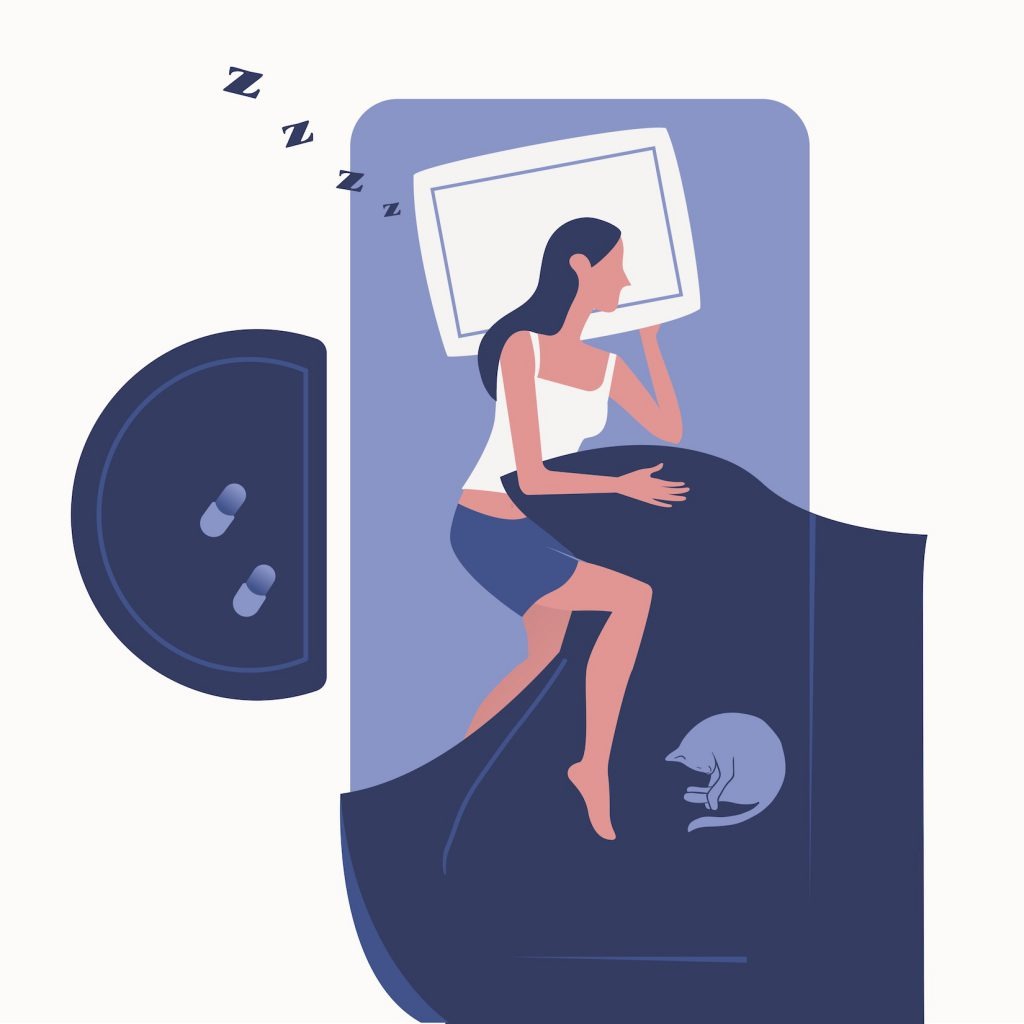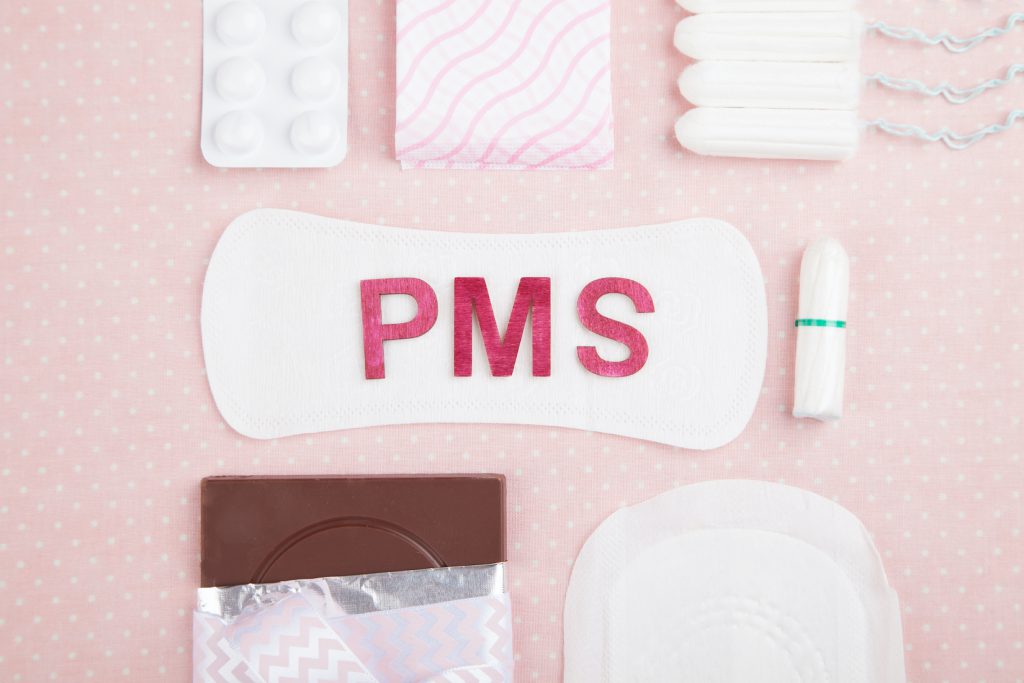Fatigue and Menstrual Cycle
Tiredness during the weeks leading up to (PMS) and during your period may be caused by an underlying health issue.Many women suffer from menorrhagia, which is more commonly known as heavy periods. Around 1 in 3 women will seek treatment for the issue., If heavy bleeding is interfering with your everyday life, you shouldn’t ignore it, […]
Fatigue and Menstrual Cycle Read More »





